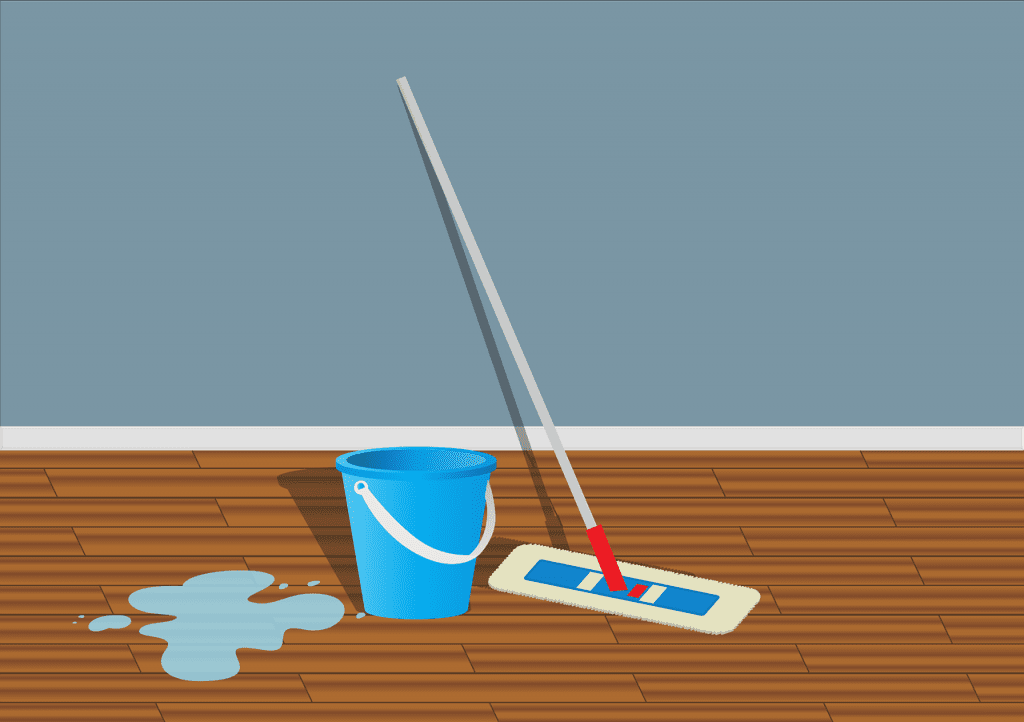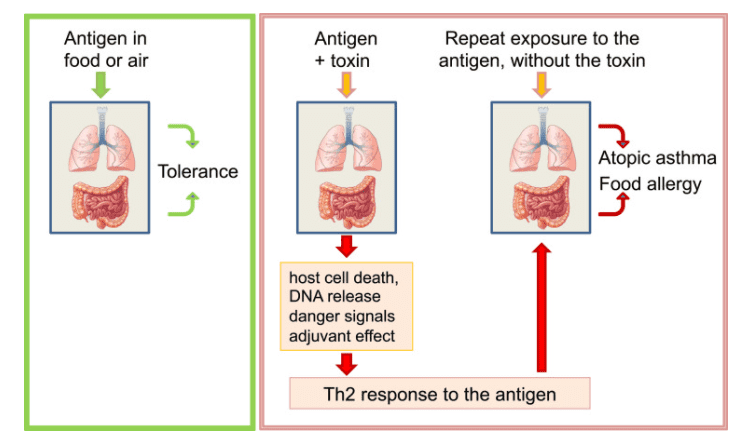
The rate of childhood asthma and allergies has been on the rise since the turn of the last century. Epidemiologists have correlated this concerning trend with improvements in hygiene. Since children are exposed to fewer pathogens, their immune systems are less primed than they should be compared to our ancestors, or so the thinking goes. But a new study casts doubt over the ‘excessive cleanliness’ theory. According to researchers from University College London and the London School of Hygiene & Tropical Medicine, household cleanliness is vital to preventing harmful infections and other factors may be to blame for asthma and allergies.
Good and bad microbes: navigating the challenges of a modern lifestyle
To be clear, the researchers do not disagree with the notion that early exposure to microbes is essential to strengthening the immune system during childhood. Instead, they make the distinction between microbe exposure in nature — which is generally beneficial because we co-evolved with them — and exposure to microbes that are fostered artificially by our Western lifestyles.
The authors explain that for most of our species’ existence, humans have been living in caves or shelters built from natural products such as stones, mud, branches, timber, clay, animal dung, and leaves.
“The microbiota of such a home would not differ greatly from that of the natural environment, and even if the home were damp and deteriorating, the organisms present would be those with which humans coevolved. In contrast, modern homes, which are built with synthetic products (including biocide-treated timber, plywood, and synthetic gypsum board) develop an unusual microbiota that bears little resemblance to that of the natural environment. This difference is exacerbated if the home is urban and remote from nature. It is therefore unlikely that this unnatural microbiota of the modern home is an optimal, or even desirable, microbial exposure for infants,” wrote the researchers in The Journal of Allergy and Clinical Immunology.
Previous studies found that children exposed to biodiversity from natural environments in their school playgrounds had better biomarkers for immunoregulation.
In their new study, the researchers from the UK argue that when a home contains microbiota that is more natural and resembles that of farms, it is beneficial. However, the unnatural microbiota of modern buildings can be harmful.
Targeted cleaning and personal hygiene prevents infections while minimizing exposure to household toxins
The researchers combined an evolutionary approach with the most recent science on the roles of nonspecific effects of vaccines and direct exposure to cleaning agents to paint a more nuanced picture of the relationship between home hygiene and childhood immunoregulation.
The results of the review suggest that the rise of allergic diseases can be pinned to the presence of cleaning fluids rather than the lack of microbes. These products contain certain volatile organic compounds which, when inhaled, can cause damage to lung tissue. Repeated exposure to such compounds can cause the immune system to overreact, leading to allergies.

It may sound like, ultimately, excessive hygiene is still to blame. However, the researchers note that personal and home cleanliness is still vitally important to prevent potentially life-threatening infections that are the result of our modern lifestyle.
For instance, hand washing and other personal hygiene practices are important and should be instilled from an early age. However, cleaning products should be used sparsely, primarily on surfaces most often involved in infection transmission. In other words, by employing a targeted cleaning practice, we can prevent modern infections while keeping exposure to allergy-causing compounds at a minimum.
“Risk assessments suggest that the surfaces most often involved at key moments (called critical control points) are the hands, together with hand and food contact surfaces, and the cleaning utensils used to decontaminate surfaces. Other surfaces that can be involved in the spread of infection are clothing, towels, and household linens, together with contact surfaces of sinks, baths, showers, and toilets,” the researchers said.
That’s not enough, though. Children also need exposure to beneficial microorganisms through the natural environment, family members and peers at daycares, and mothers (i.e. breastfeeding), as well as vaccines to develop a healthy immune system in the modern Western urban environment.
“By using this understanding, we can be guided by modern microbiologic risk assessments that identify critical moments and can reconcile these physiologic needs for microbial exposures with appropriate hygiene practices (which may involve not only targeted cleaning of hands and surfaces but also social distancing and mask wearing to prevent airborne transmission) that minimize the risks of infection and minimize unnecessary exposure to cleaning agents,” the authors concluded.


